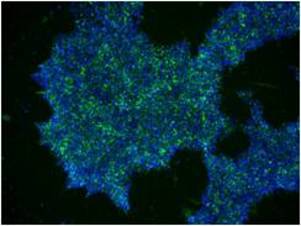Blog Post
mRNA Reprogramming: The Key to Creating iPSCs
mRNA reprogramming has revolutionized the world of stem cell research, and here, we delve into its intricate relationship with induced pluripotent stem cells (iPSCs).
Understanding mRNA Reprogramming
At its core, mRNA reprogramming refers to the process by which messenger RNA (mRNA) introduces genetic information into cells, effectively guiding them towards specific cell types or functions. This method has grown increasingly popular due to its:
- Efficacy in directing cell fate
- Absence of DNA integration risks
- Faster onset of expression compared to other methods
- Elimination of potential viral vectors
iPSCs and Why They Matter
Induced pluripotent stem cells (iPSCs), a type of stem cell derived from adult cells, have garnered significant attention in regenerative medicine. These cells share similarities with embryonic stem cells, but without the ethical concerns. Their versatility and potential for therapeutic applications have placed them at the forefront of stem cell research.

The Connection Between mRNA Reprogramming and iPSCs
mRNA reprogramming plays a pivotal role in generating iPSCs. By introducing specific sets of mRNAs into adult cells, scientists can reprogram these cells back into a pluripotent state. This method is safer and more efficient than older techniques, which relied on viral vectors and had potential integration risks.
Benefits of Using mRNA for iPSC Generation
- Safety: As mRNA does not integrate into the host cell’s genome, there are minimal risks of mutations.
- Efficiency: mRNA reprogramming often results in higher reprogramming efficiencies than other methods.
- Speed: mRNA-driven processes are typically faster than their counterparts.
Conclusion
As stem cell research advances, mRNA reprogramming stands out as an essential tool in the creation of iPSCs. Its safety, efficiency, and speed have proven invaluable, pushing the boundaries of what we understand about cell biology and regeneration. With ongoing studies, we can only anticipate even more groundbreaking discoveries in this exciting field.

